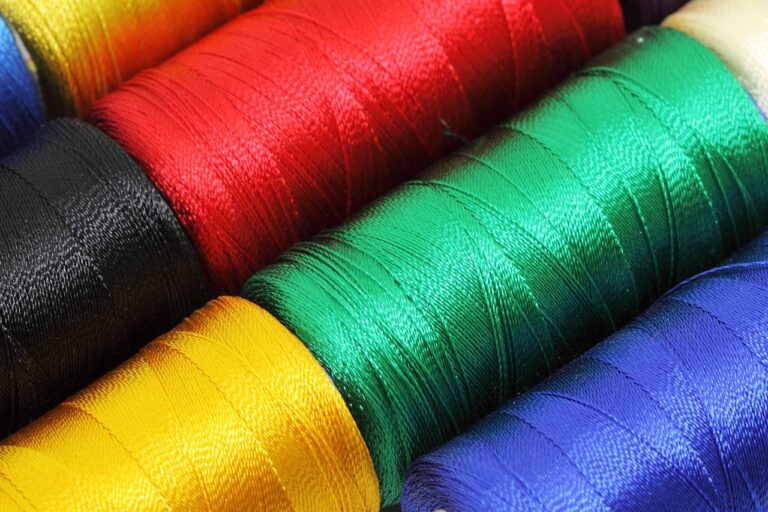The Impact of Fast Fashion on the Environment
Textile dyeing processes play a crucial role in the production of colorful and fashionable clothing items. However, the chemicals and dyes used in this process often pose a significant threat to environmental health. Wastewater discharged from dyeing factories contains toxic substances that can contaminate water bodies, affecting aquatic ecosystems and human health.
Moreover, the energy-intensive nature of textile dyeing processes contributes to greenhouse gas emissions, further exacerbating global environmental challenges. The reliance on fossil fuels for heat and power in dyeing operations not only pollutes the air but also accelerates climate change. As the demand for fast fashion continues to rise, it is essential to address the environmental impact of textile dyeing processes to mitigate their harmful effects on the planet.
Waste Generation from Fast Fashion Production
Fast fashion production has been identified as a major contributor to the escalating problem of waste generation in the textile industry. The rapid pace of fast fashion production leads to high volumes of clothing being mass-produced, often with poor quality materials that have a short lifespan. As a result, a significant amount of unsold or discarded clothing ends up in landfills, contributing to environmental pollution and resource depletion.
Additionally, the fast fashion model encourages frequent consumption as new trends come and go quickly, leading consumers to discard clothing items that are still in good condition. This excessive turnover of clothing not only increases waste generation but also perpetuates a cycle of unsustainable consumption. The push to constantly update one’s wardrobe fuels the demand for more fast fashion items, creating a vicious cycle that further exacerbates the waste problem in the industry.
Depletion of Natural Resources for Clothing Manufacturing
Depletion of natural resources is a significant concern in the realm of clothing manufacturing. The fashion industry heavily relies on raw materials such as cotton, wool, and synthetic fibers, all of which require vast amounts of water, land, and energy for production. This relentless extraction of resources contributes to deforestation, water scarcity, and soil degradation, ultimately impacting ecosystems and biodiversity.
Furthermore, the manufacturing processes involved in turning these raw materials into garments often rely on harmful chemicals and pollutants. From pesticide use in conventional cotton farming to the toxic dyes and finishes used in textile production, the depletion of natural resources is exacerbated by the environmental pollution caused by the clothing manufacturing industry. Creating awareness and pushing for sustainable practices in the fashion supply chain is essential to mitigate the depletion of natural resources and minimize the industry’s ecological footprint.
• The fashion industry heavily relies on raw materials such as cotton, wool, and synthetic fibers
• Raw materials require vast amounts of water, land, and energy for production
• Relentless extraction of resources contributes to deforestation, water scarcity, and soil degradation
• Manufacturing processes involve harmful chemicals and pollutants
• Pesticide use in conventional cotton farming is a common practice
• Toxic dyes and finishes used in textile production contribute to environmental pollution
• Creating awareness and promoting sustainable practices in the fashion supply chain is essential
How does textile dyeing contribute to environmental pollution?
The textile dyeing process involves the use of harmful chemicals and dyes that are often released untreated into water bodies, leading to water pollution and harm to aquatic life.
What is fast fashion production and how does it generate waste?
Fast fashion production refers to the quick turnover of trendy clothing items at a low cost. This leads to overproduction, excessive consumption, and the generation of large amounts of textile waste that end up in landfills.
How are natural resources depleted in clothing manufacturing?
Natural resources such as water, land, and energy are used in large quantities for the production of textiles and clothing. The over-exploitation of these resources for manufacturing processes contributes to environmental degradation and depletion of these valuable resources.







